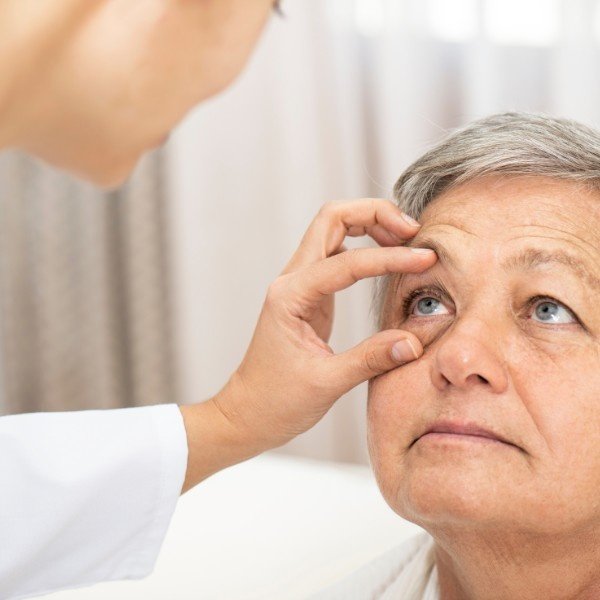Best Myasthenia Gravis Treatment in Ahmedabad

Finding Strength Through Every Challenge
Myasthenia gravis (MG) is an autoimmune neuromuscular disorder that displays itself in skeletal muscle weakness that can rise in different levels. These muscles are responsible for voluntary movements, and the weakness occurs because of ineffective transmission between muscles and nerves. Myasthenia gravis does not have age limits. However, it is most frequently noticed in women below forty years as well as men above sixty years. For timely diagnosis and treatment, there is a need to visit the Best Myasthenia Gravis Treatment in Ahmedabad, as these facilities are in a position to offer specialized care alongside advanced management procedures that suit specific patients.
Types of Myasthenia Gravis
In terms of distinction, myasthenia gravis is mainly divided into two types;

Ocular myasthenia gravis

Generalized myasthenia gravis
Causes of Myasthenia Gravis
Although the precise cause of myasthenia gravis is still unknown, it is thought to include the following-
Symptoms of Myasthenia Gravis
When grappling with these symptoms, it is best to visit the Best Myasthenia Gravis Treatment in Ahmedabad; there, patients’ treated area complications include:

Diagnosis of Myasthenia Gravis
Diagnosing Myasthenia Gravis (MG) involves a combination of clinical evaluations, specialized tests, and imaging studies. The process often begins with a neurological exam to assess muscle strength and reflexes, as well as to identify any signs of muscle fatigue. Blood tests are commonly used to detect antibodies such as acetylcholine receptor (AChR) or muscle-specific kinase (MuSK) antibodies, which are often present in MG patients. Electromyography (EMG) and nerve conduction studies can also be performed to measure electrical activity in muscles and to identify patterns consistent with MG. A Tensilon test, though less common now, may sometimes be used to observe if muscle strength temporarily improves after administering a drug that inhibits the breakdown of acetylcholine.
Management of Myasthenia Gravis
Myasthenia gravis is usually managed through several techniques:

Prognosis of Myasthenia Gravis
There is considerable variation in the prognosis of myasthenia gravis individuals. A good number of them are likely to respond positively to treatment and get to live everyday active lives. In as much as that is the case, MG can be considered a lifelong disease because its control is not a one-time thing. Given that there are measures put in place by other health professionals aside from that in, for example, the Best Myasthenia Gravis Treatment in Ahmedabad, patients can be in control of their symptoms and enhance their life conditions.
